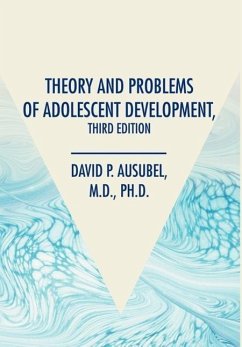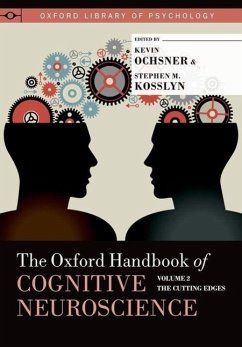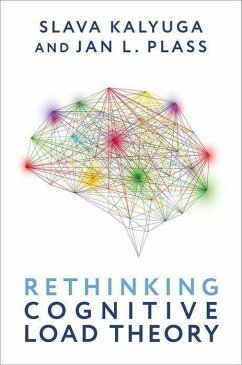
Cognitive Neuroscience, Development, and Psychopathology
Typical and Atypical Developmental Trajectories of Attention
Ed. by Burack, Jacob A.; Enns, James T.; Fox, Nathan A.

PAYBACK Punkte
80 °P sammeln!
The disciplines of cognitive neuroscience, development, and psychopathology are complementary in the study of human perception and attention, even though each discipline emerges from a decidedly different and sometimes incompatible worldview. The meeting of researchers across these disciplines results in a fruitful cross-fertilization that ultimately leads to better science within each discipline and a joint scientific endeavor that is greater than the sum of its parts. Cognitive Science, Development, and Psychopathology: Typical and Atypical Developmental Trajectories of Attention unites scho...
The disciplines of cognitive neuroscience, development, and psychopathology are complementary in the study of human perception and attention, even though each discipline emerges from a decidedly different and sometimes incompatible worldview. The meeting of researchers across these disciplines results in a fruitful cross-fertilization that ultimately leads to better science within each discipline and a joint scientific endeavor that is greater than the sum of its parts. Cognitive Science, Development, and Psychopathology: Typical and Atypical Developmental Trajectories of Attention unites scholars sharing common interests in the development of attention and related areas of functioning with different perspectives and methodologies. The volume does not impose a single framework for discussing the relevant issues, but rather the authors highlight the importance of their own approaches to the study of the typical and atypical development of attention. Drs. Burack, Enns, and Fox have organized the chapters into three sections: Atypical Environments, Threat, and the Development of Individual Differences in Attention; The Organization of the Development of Attention in Typical and Atypical Processing; and The Case of Orienting Attention in Developing an Integrated Science. Discussion topics include cognitive bias modification, attention and the development of anxiety disorders, deficient anchoring, reflexive and abnormal social orienting in autism, and social attention. This volume is a unique and critical resource for researchers in communication disorders, developmental and cognitive psychology, human development, neuroscience, and educational and counseling psychology.













